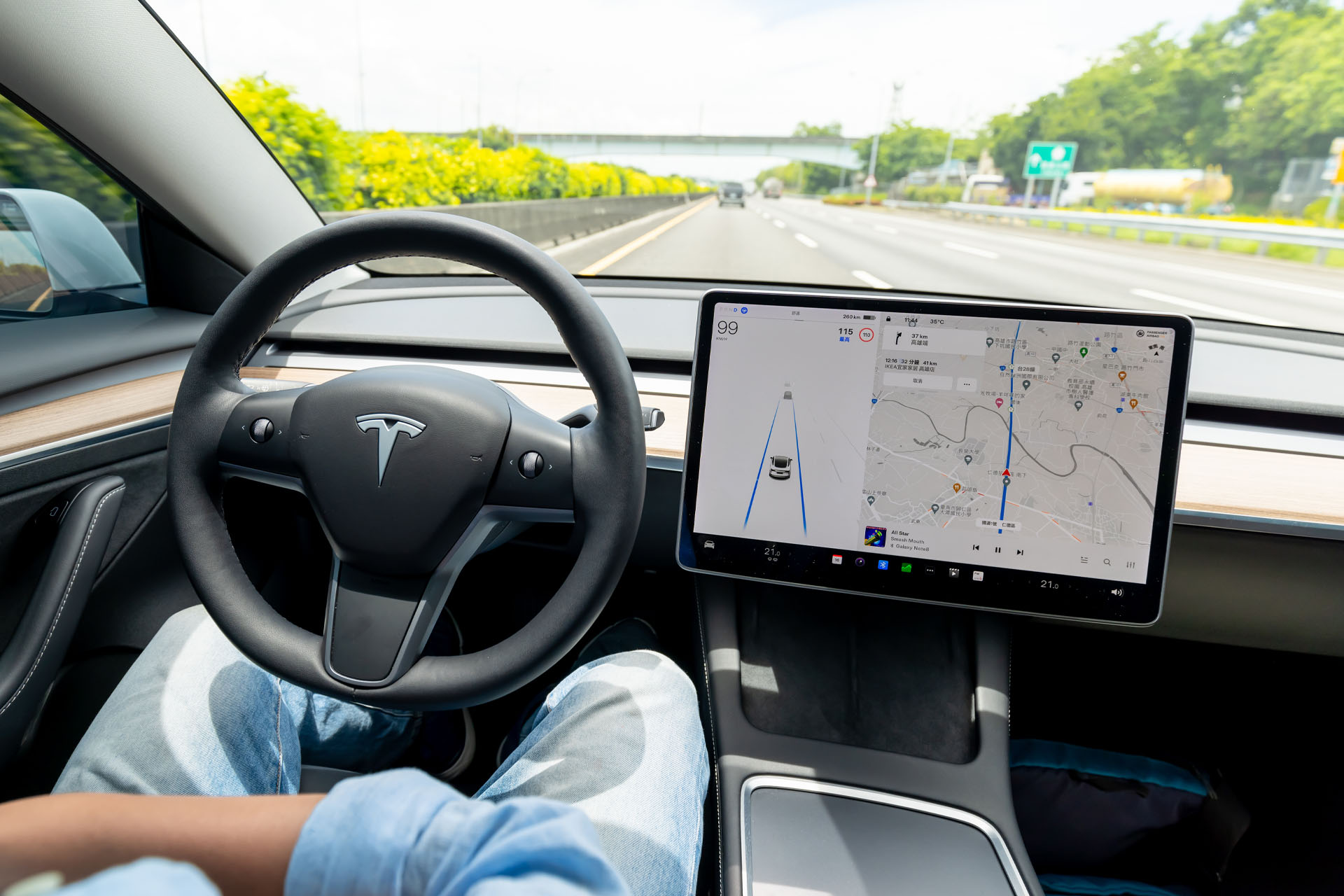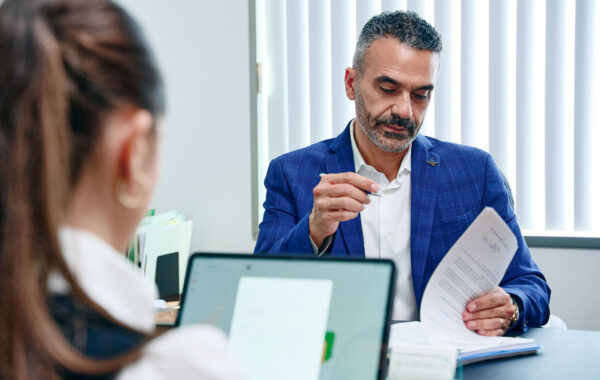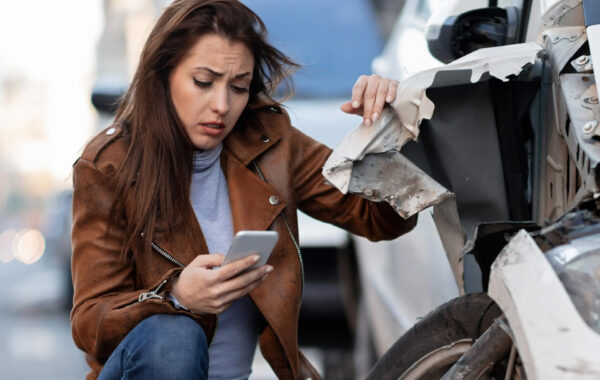
Understanding Tesla’s Special Safety Features For Accident Prevention: Insights From An Accident Attorney Beverly Hills
Getting behind the wheel these days feels more like stepping into the future, especially if you’re driving a Tesla. With features like Autopilot and collision avoidance that sound straight out of a sci-fi movie, it’s no wonder people are fascinated by these cars. But let’s be honest—no matter how tech-savvy your car is, there’s still a part of you that grips the wheel a little tighter when traffic gets unpredictable. After all, technology can be impressive, but it’s not infallible. That’s where things get interesting. Tesla’s goal isn’t just to make driving easier but to make it dramatically safer. Yet, even with all the advancements, accidents still happen, and that’s when understanding these features and your legal rights becomes essential. At Etehad Law, we’ve seen how these situations unfold in real life, and as an experienced Accident Attorney Beverly Hills, we’re here to break down what makes Tesla’s safety features so unique—and what you should know if things go wrong.
Tesla’s Philosophy on Safety
Tesla’s philosophy on vehicle safety is rooted in the idea that accidents can be minimized, if not entirely prevented, through advanced technology. The company integrates both hardware and software to create a comprehensive safety ecosystem. From the design of their electric vehicle platforms—which lower the car’s center of gravity and reduce rollover risk—to the constant evolution of their software, Tesla aims to make their vehicles some of the safest on the road.
A key part of Tesla’s strategy involves over-the-air updates. Unlike traditional automakers, Tesla continuously improves its vehicles by pushing software updates that can enhance existing features or add new safety functionalities. According to the National Highway Traffic Safety Administration (NHTSA), Tesla vehicles have one of the lowest rates of injury per vehicle compared to other cars in the same weight class. This statistic highlights how Tesla’s focus on safety translates into real-world outcomes.
Autopilot and Full Self-Driving (FSD) Technology
One of the most talked-about features in Tesla vehicles is Autopilot. This semi-autonomous driving system includes functionalities like lane keeping, adaptive cruise control, and automatic lane changes. When engaged, Autopilot can help reduce driver fatigue on long journeys by handling some of the more monotonous aspects of driving. FSD, a more advanced iteration, is designed to navigate city streets, recognize traffic signals, and even make complex decisions at intersections.
However, both Autopilot and FSD are not foolproof. Tesla emphasizes that these features are not fully autonomous and that drivers must remain engaged, keeping their hands on the wheel and their eyes on the road. The NHTSA has stated that Tesla’s Autopilot system is associated with a nearly 40% reduction in crashes when compared to vehicles without this technology. Yet, the same agency has also expressed concerns about drivers becoming overly reliant on these features, leading to dangerous situations when human intervention is necessary.
While Autopilot can be a lifesaver in some scenarios, it can also create a false sense of security. Cases of drivers misusing the technology—such as falling asleep or becoming distracted—have led to accidents that could have been avoided. As accident attorneys, we know that understanding these limitations is crucial, especially when assessing liability in an accident.
Collision Avoidance and Emergency Braking
Tesla’s vehicles come equipped with advanced collision avoidance systems designed to prevent or mitigate accidents. Forward collision warning alerts the driver when a crash is imminent, while automatic emergency braking can engage the brakes if the driver doesn’t respond in time. There’s also obstacle-aware acceleration, which prevents the car from accelerating if an obstacle is detected in its path.
These features work in real time, using data from the vehicle’s sensor suite, which includes cameras, radar, and ultrasonic sensors. For example, if a pedestrian suddenly steps onto the road, Tesla’s sensors can recognize the danger and engage emergency braking faster than most human drivers could react. A study conducted by the European New Car Assessment Programme (Euro NCAP) found that Tesla’s Model 3 scored highly in collision avoidance tests, placing it among the safest vehicles for preventing accidents.
Yet, as effective as these features are, they are not immune to limitations. Adverse weather conditions, poor road visibility, or malfunctioning sensors can still compromise the effectiveness of these systems. This makes it all the more important for drivers to remain alert and prepared to take control if needed.
The Role of Tesla’s Advanced Sensor Suite
Tesla’s advanced sensor suite is a critical component of its safety strategy. It uses a combination of cameras, radar, and ultrasonic sensors to create a 360-degree view of the car’s surroundings. This real-time awareness allows the vehicle to detect and react to hazards more quickly than a human driver could. Cameras provide visual data, radar measures the distance and speed of nearby objects, and ultrasonic sensors handle close-range detection for activities like parking.
This multi-sensor approach is what enables Tesla’s vehicles to excel in obstacle detection and collision avoidance. However, the debate about whether Tesla should also use lidar (a technology favored by competitors like Waymo) continues. Tesla has opted not to incorporate lidar, arguing that their sensor suite, combined with AI, is sufficient for safety. The NHTSA has repeatedly stressed that while Tesla’s technology is advanced, human oversight is still necessary, and self-driving technology must be used responsibly.
Over-the-Air Updates: Keeping Vehicles Current
One of Tesla’s most innovative features is the ability to receive over-the-air updates. Traditional vehicles generally remain static after leaving the factory, but Teslas continue to improve throughout their lifespan. Software updates can fix vulnerabilities, improve existing features, and even introduce new safety capabilities. For instance, Tesla has rolled out updates that refine Auto Pilot’s ability to navigate complex road conditions or enhance collision detection algorithms.
This continuous improvement is a game-changer in automotive safety. It means that Tesla owners can benefit from advancements without having to purchase a new vehicle.
Highlight: The NHTSA has praised Tesla for its proactive approach to safety, noting that over-the-air updates allow for quicker fixes compared to traditional recalls.
But even with these updates, the technology isn’t perfect. In some cases, updates have introduced new bugs or temporarily compromised vehicle performance. This underscores the need for Tesla owners to stay informed and cautious, even as their vehicles evolve.
The Impact of Tesla’s Safety Features on Accident Rates
So, how effective are Tesla’s safety features in the real world? Data from the NHTSA suggests that Teslas equipped with Autopilot and other active safety features have fewer accidents than the national average. This is significant, given that nearly 94% of car crashes are caused by human error, according to the NHTSA. Tesla’s technology aims to reduce these errors, making driving safer for everyone.
There are also countless stories of Tesla’s safety systems saving lives. For instance, there have been reports of Teslas automatically braking to avoid high-speed collisions or steering away from obstacles that drivers didn’t see. These real-world examples highlight the life-saving potential of Tesla’s technology.
However, it’s important to recognize that not all accidents are preventable. Factors like distracted driving, misuse of Autopilot, or unexpected road conditions can still lead to crashes. And when accidents involving Tesla vehicles do happen, they often present unique legal challenges.
Insights From an Accident Attorney in Beverly Hills
Handling accident cases involving Tesla vehicles requires a deep understanding of both automotive technology and legal principles. Tesla vehicles are equipped with detailed crash data that can be crucial in determining liability. This data includes everything from the car’s speed and braking patterns to whether Autopilot was engaged. As accident attorneys at Etehad Law, we use this information to build stronger cases and ensure our clients receive fair compensation.
But even with all this data, proving liability can be complex. If a Tesla on Autopilot is involved in an accident, questions about driver negligence versus technological failure can complicate the case. The NHTSA has been investigating several high-profile crashes involving Tesla vehicles to better understand the role of Autopilot in these incidents, underscoring the complexities of assigning fault.
Our advice to anyone involved in an accident with a Tesla is to document everything thoroughly. Take photos, collect witness statements, and seek immediate medical attention. The more evidence you have, the stronger your case will be. And of course, consulting an experienced attorney is crucial.
Conclusion
Tesla’s dedication to safety is clear, with advanced features designed to prevent accidents and protect drivers. From Autopilot to over-the-air updates, these innovations are changing how we think about vehicle safety. But as advanced as the technology is, it’s not a guarantee against accidents. Human oversight and responsible use of these features remain essential.
At Etehad Law, we understand the intricacies of cases involving advanced vehicles like Teslas. Our expertise allows us to navigate the complexities of these claims and fight for the compensation our clients deserve. If you’ve been in an accident involving a Tesla, don’t hesitate to reach out for a consultation. We’re here to guide you and protect your rights every step of the way.


